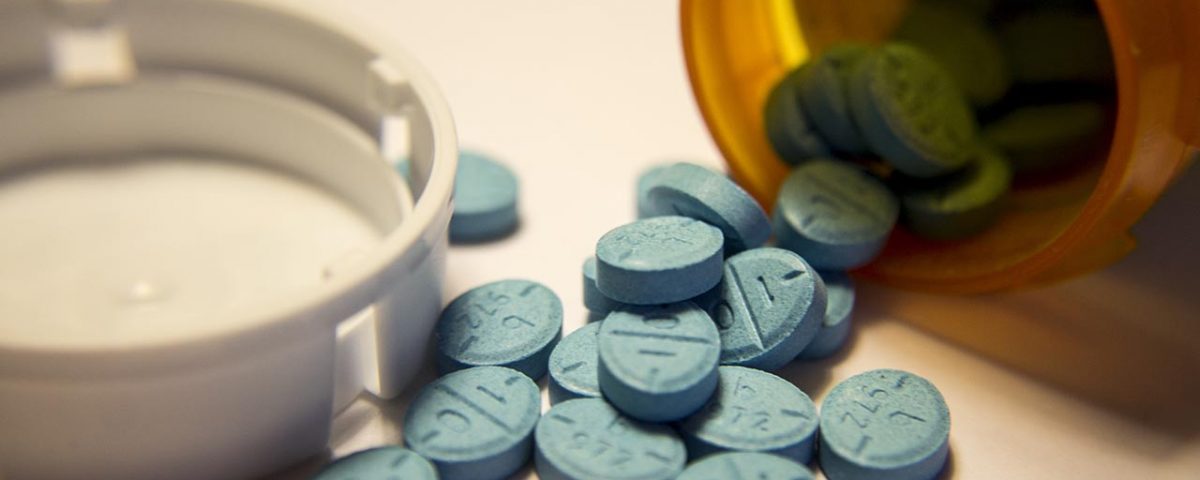There is an ongoing debate on the differences and similarities between meth vs. Adderall.
Many have compared these two central nervous system stimulants because they produce similar side effects, though others believe the two are entirely different. However, when comparing meth vs. Adderall, our Chicago drug rehab found both are distinct from each other but also share certain qualities.
What Is Methamphetamine (Meth)?
Methamphetamine, also known as meth or ice, is a highly addictive central nervous system stimulant (CNS) that’s recreationally used for the energetic and euphoric high it produces. While meth may be prescribed in very rare and severe medical cases, it’s most commonly used as a recreational street drug. Meth can be used by smoking it, snorting it, injecting it, or swallowing it. Ice can produce a high characterized by increased alertness, euphoria, and confidence. However, because the rush of a meth high only lasts for a few minutes, users tend to frequently take additional doses to sustain their side effects.
Because meth is so addictive, to maintain their habit, people often turn to crime and neglect their responsibilities. Meth addiction can impact not only the individual but the community as a whole. Meth use is associated with aggression, anxiety, depression, memory loss, paranoia, malnutrition, dental problems, skin disease, and more. Meth mouth and meth mites are the most distinct and memorable side effects of ice because they impact a person’s outward appearance. Communities affected by meth often have high rates of crime, unemployment, and child neglect or abuse cases. For those who are addicted to this drug, care like our meth recovery program at Banyan Treatment Centers Chicago is usually their safest and most effective bet at getting sober.
What Is Adderall?
Adderall is one of the brand names for a combination drug that contains both amphetamine and dextroamphetamine. This medication is commonly used to treat attention deficit hyperactivity disorder (ADHD) because it changes the levels of certain neurotransmitters in the brain, increases your ability to pay attention, improves focus and concentration, and improves listening skills. In addition to treating ADHD, Adderall is also used to treat sleep disorders like narcolepsy to help you stay awake during the day.
What Is the Difference Between Adderall and Meth?
The main difference between Adderall and meth is that meth is more potent than Adderall. Specifically, methamphetamine is more potent than amphetamine, which is one of the main ingredients in Adderall. When it comes to releasing dopamine and producing a high, meth can produce an increased sense of euphoria, confidence, and alertness in its purest form. This detail also gives meth a higher potential for abuse and addiction than Adderall when comparing speed and ice.
Another difference between Adderall vs. meth is that meth contains an additional chemical group called methyl, which is what it’s named after. This methyl group is made up of a single carbon atom and three hydrogen atoms. Unlike Adderall, methamphetamine purchased on the streets usually contains cutting agents or additives like corn starch, talc, and sodium aminobenzoate. Meth-cutting agents are meant to make the products weigh more, convincing buyers that they’re buying more products than they are and allowing dealers and meth labs to save money in production and make more money in distribution.
Adderall sold on the street can also contain cutting agents. Meth-cutting agents increase the likelihood of overdose and other health complications like cardiovascular diseases. The unknown impurities often contained in street meth also contribute to the severity of side effects and contribute to aggressive behavior. Similarly, Adderall commonly contains dextroamphetamine saccharate, amphetamine aspartate monohydrate, dextroamphetamine sulfate, and amphetamine sulfate.
Adderall and Methamphetamine Similarities
Despite the difference between ice and speed, they also share many similarities. When comparing ice vs. Adderall, you may find that they share these qualities:
- Drug scheduling: Both Adderall and meth are Schedule II drugs, meaning they have legitimate medical use as well as a high potential for abuse that can lead to severe mental and physical dependence.
- Potential for abuse and addiction: Both ice and speed are addictive. Because both drugs act on the CNS to increase neurotransmitter levels and energy, prolonged abuse of either can result in addiction. While drug treatment for meth is more common, those who abuse Adderall for a long time also often require prescription drug addiction treatment to recover.
- Medical uses: Surprisingly enough, both meth and Adderall are approved by the Food and Drug Administration (FDA) to treat ADHD. However, meth is only used in very rare cases.
- Side effects: Both ice and speed produce the same side effects, such as irritability, increased energy, increased risk of cardiovascular disease, excessive weight loss, hostility, depression, and paranoia.
- Drug classes: Adderall is an amphetamine drug, and meth is a chemical cousin, but both are central nervous system stimulants with similar mechanisms of action.
The Most Effective Methods of Addressing Stimulant Abuse
Whether we are comparing meth vs. Adderall, addressing the misuse of addictive stimulants demands a complete plan that considers the individual's physical and emotional well-being. The most effective stimulant addiction treatment plans integrate medical care, behavioral therapies, and social support. At the beginning of treatment, medically assisted detoxification is necessary to manage the withdrawal symptoms that stimulant addicts experience. This strategy helps to stabilize the person by gradually reducing their drug reliance and any related health risks.
Cognitive-behavioral therapy (CBT), contingency management, and other evidence-based behavioral therapies may be essential in resolving the underlying issues that lead people to become addicted to stimulants. These treatments assist patients in recognizing triggers, creating coping mechanisms, and adopting constructive behavioral patterns in order to prevent recurrence. Establishing a strong support system is also essential.
Participating in family therapy, counseling, or support groups not only helps with the recovery process but also takes care of the emotional and social issues that frequently accompany stimulant misuse. People can find efficient ways to escape the grips of stimulant addiction and start down a route to a happier and more satisfying life by employing a multifaceted approach that combines medical aid, behavioral therapy, and a strong support network.









